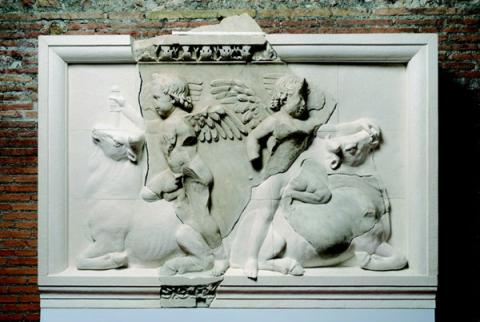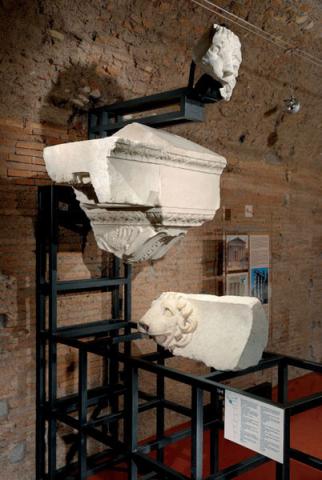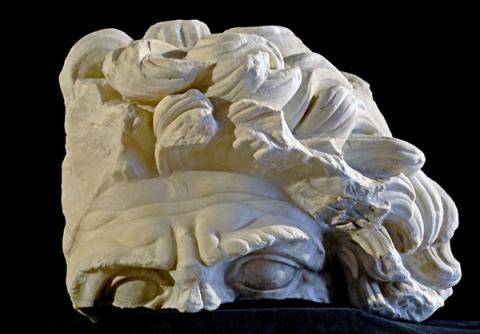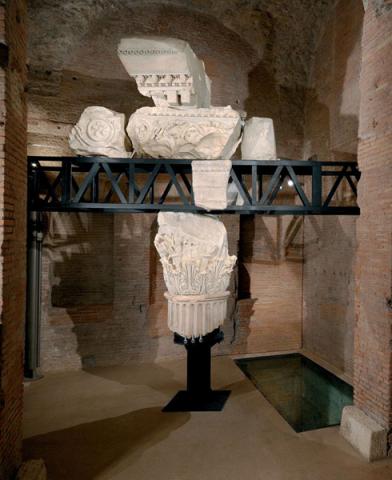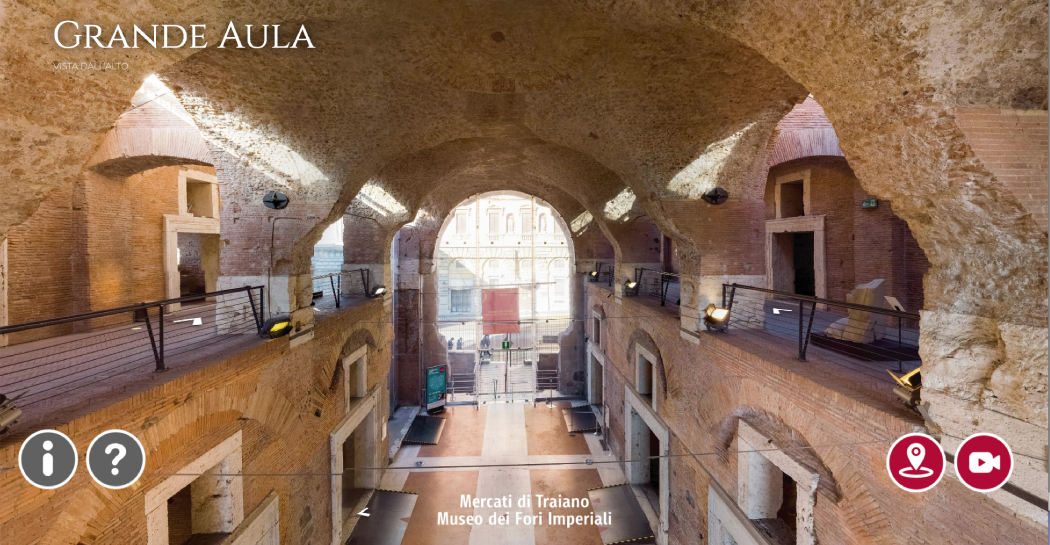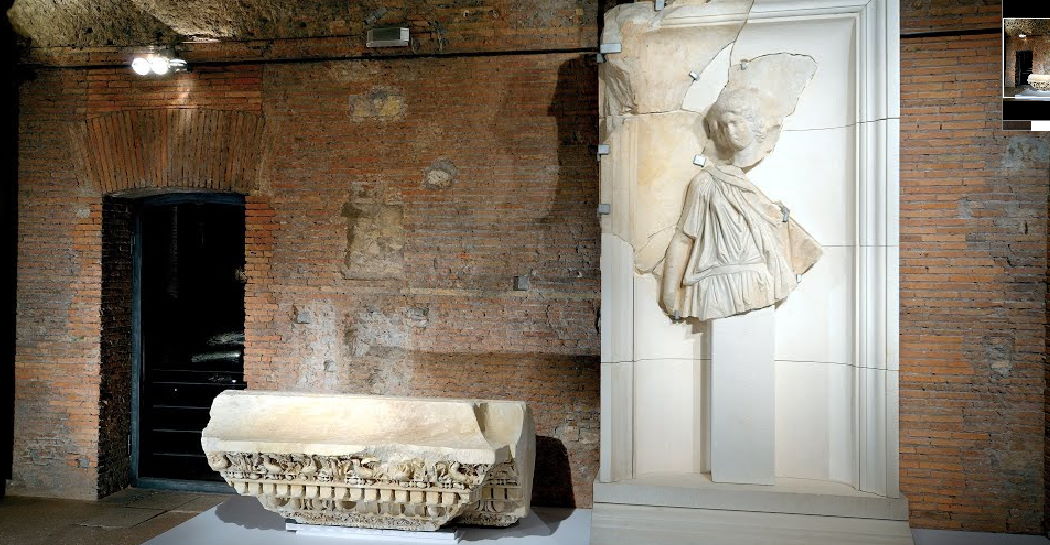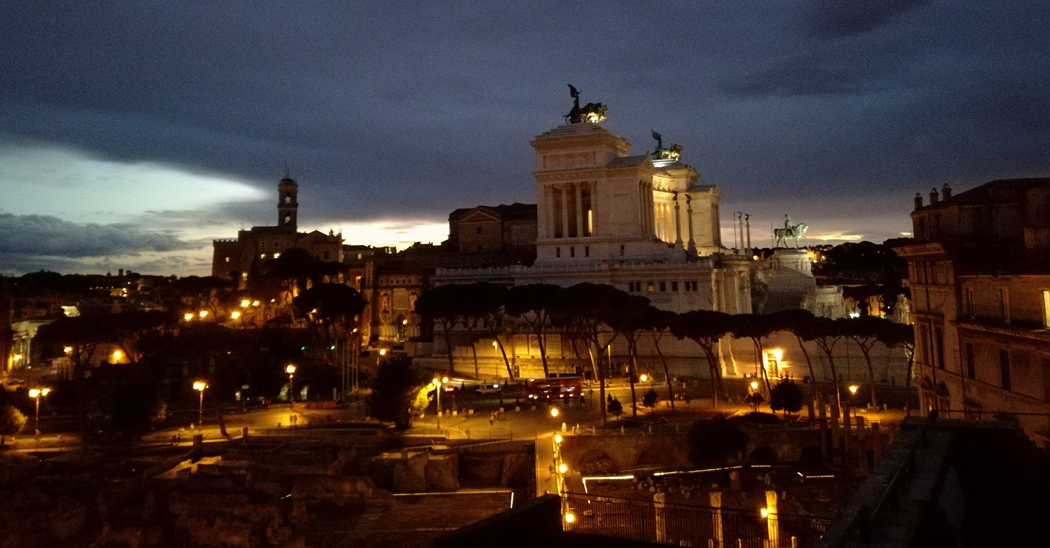Small Hemicycle
To the north of the Great Hemicycle, is a structure with areas on three levels that has down the ages taken the name of the “Small Hemicycle”. It is, in fact, a concentric structure inside the vast semi-circular area of the Great Hemicycle that once had a half moon dome covering it.
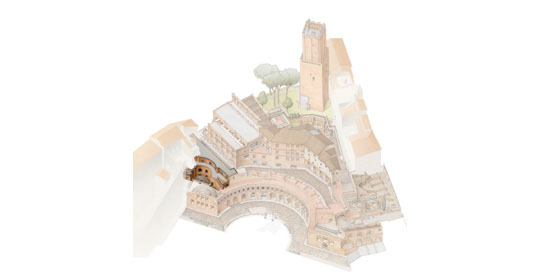
Apparently lacking in access points in ancient times, it faces due north and is positioned to the back of the Great Hall. Its three levels were accessible from the northern stairs of the Great Hemicycle, to which this structure has a similar plan.
The lower floor of vaulted rooms was connected by a semi-circular corridor that did not receive direct sunlight. The corridor then preceded directly north, a section now lost under the modern day via Quattro Novembre. In this section were found other rooms and a stairs that climbed up to the higher levels, which are today blocked by a wall. Some rooms are characterised by paving that has a shallow circular vase used for gathering liquids at its centre, which leads us to believe that this complex was an oil deposit. The rooms are covered by barrel vaults, on which remain the impressions of the bricks placed there above the wooden structures used when pouring concrete.
On the second floor, which was at the same height as the via Biberatica, a semi-circular corridor was again present but here it was lit by an abundance of windows. In the area due north, which was partly reconstructed after ancient times, a stairwell and an empty space opened up onto the corridor. To the back of these were other rooms that flanked the via Biberatica. A third floor is currently accessible from an internal staircase. It leads to areas connected by a corridor, which were also originally covered. The northern part has been swallowed up by the Palazzo Tiberi-Ceva, which is today a school.


























